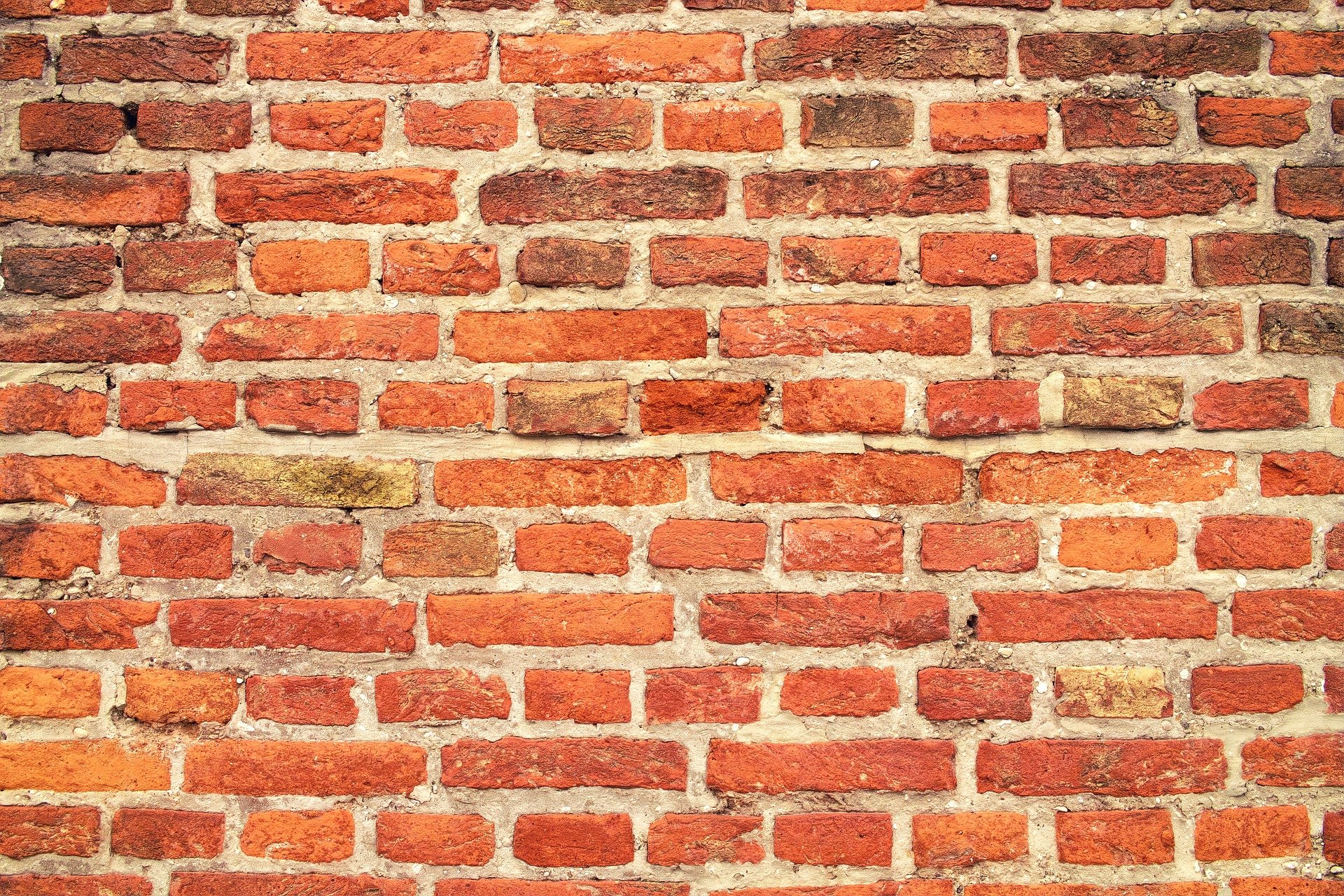
July 7, 2021, by Brigitte Nerlich
Walls and covid
A few weeks ago, I wrote a brief blog post about the wall metaphor used during the pandemic. I approved of it, as it highlighted community action: the more individuals get vaccinated, the more protection there is for everybody – one brick doesn’t make a wall, but many do.
The metaphor is now being used in ways that I can no longer approve of, and this is because the context in which it is used has changed. This shift in context and shift in use means that the meaning has changed too. Where it once meant that we all get vaccinated in order to protect each other, it now seems to mean that we have all mostly been vaccinated and therefore no longer need to protect each other.
On 5 June a government document spoke about reinforcing the country’s vaccine ‘wall of defence’. The same day, Boris Johnson said in a press conference: “First, we will reinforce our vaccine wall, reducing the dose interval for under 40s from 12 weeks to 8, so that everyone over 18 should be double jabbed by mid-September, in addition to our Autumn programme of booster vaccines for the most vulnerable.”
Since then the wall metaphor (wall, wall of defence, wall of protection etc.) has become a mantra for both Boris Johnson and the new health secretary Sajid Javid, almost as ubiquitous as the word ‘vaccines’ itself. Javid told the House of Commons on 5 July:
“Even though cases are heading upwards in line with what we expected, hospitalisations are increasing at a much lower rate and deaths are at just 1 per cent of the figure we saw at the peak. ….Our vaccines are building a wall of protection against hospitalisation, and jab by jab, brick by brick that wall is getting higher….86 per cent of UK adults have had at least one jab and 64 per cent have had two. We are reinforcing our vaccine wall of defence further still.”
Walls, walls, walls
This new sloganeered use of the wall metaphor has emerged in a complicated context. On the one hand, covid case numbers are rising rapidly and there is a new variant, Lambda, on the horizon. On the other hand, the government wants to lift all legal covid restrictions on our lives and, at the same time, do away with non-pharmaceutical public health protection measures, such as masks and social distancing.
This new policy is framed in terms of “learning to live with the virus” and devolving responsibility from the government to individuals. Opening up society is seen as the next ‘irreversible’ step on the ‘roadmap to freedom’ and as happening on so-called ‘freedom day’ on 19 of July.
This means that as we step forward on the road to freedom on freedom day and throw away our masks, the only public health protection measure remaining between us and a spreading and mutating virus will be a ‘wall’ of vaccines. However, this wall is actually not finished yet. We are still building it.
Many people still remain vulnerable to the virus and many more will become vulnerable after we abandon masks. It’s like deciding, halfway through, to no longer use mortar to build a brick wall. Moreover, the wall has still got a lot of holes in it, and instead of striving to fill in these holes before removing the scaffolding, we might inadvertently (or advertently) make the holes bigger and the wall more brittle and unstable. When the wall collapses, it might hit those still trying to build it in order to protect others.
Living with the virus might just mean having the freedom to live in the shadow of a crumbling wall. Let’s hope the wall holds while, as Vicki Young said on the BBC News on 6 June, the wave of the virus crashes over us.
Uses and abuses of metaphors
As Elena Semino has pointed out in a recent article for The Guardian on covid metaphors: “When vaccines finally came along, Johnson described them as providing a ‘wall’ of immunity, which can function as defence both against metaphorical enemies and against metaphorical waves.” As she also said: “Used sensitively and appropriately, they [metaphors] can help individuals and societies overcome overwhelming, long-term problems such as a global pandemic. But used insensitively or inappropriately, or when undermined by inconsistent actions and policies, metaphors can add to confusion and disillusionment, making problems harder to overcome. In short, to employ another metaphor, they can be a double-edged sword.”
The wall metaphor was used in the past to bring people together in a joint effort to deal with the pandemic. It is now being used, perhaps, to hide the inevitable from people, namely many hospitalisations and deaths, which will happen either now or in the winter when the NHS can’t cope. The government has decided to let this happen now and to bet on the wall holding. We shall see how this plays out.
No comments yet, fill out a comment to be the first

Leave a Reply